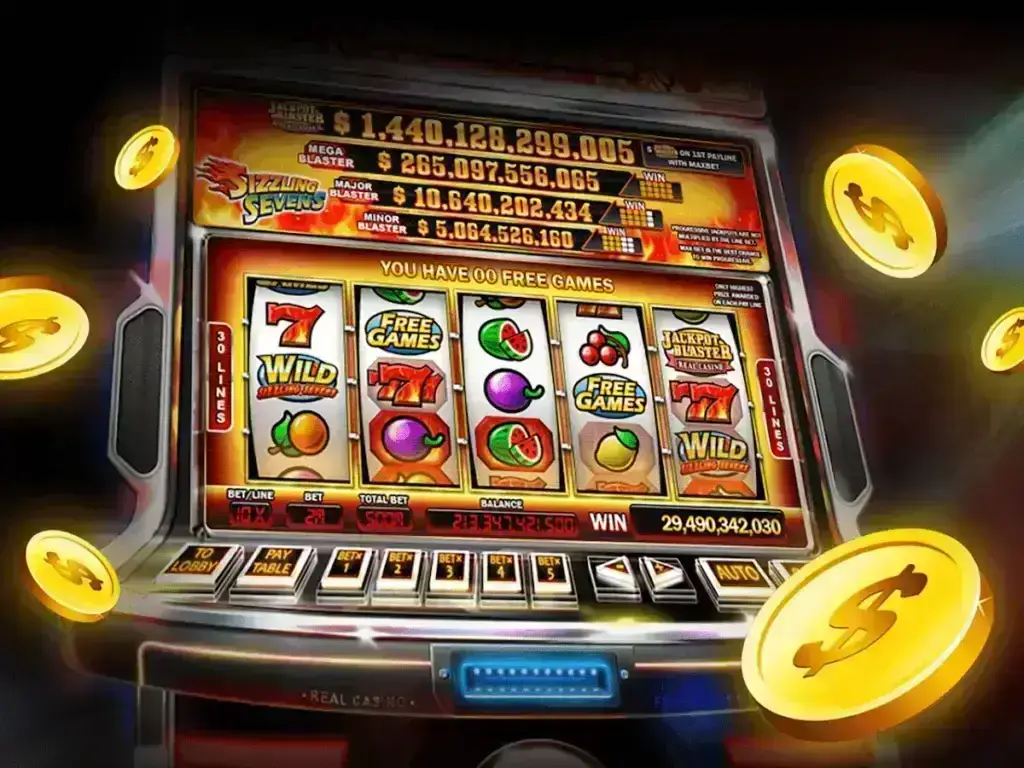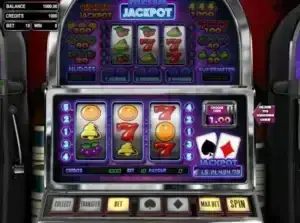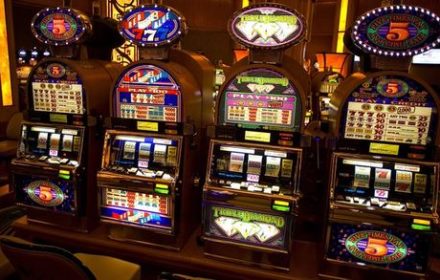Imagine two players sitting in front of slots screens at an online casino. One dreams of long entertainment, so that each spin brings small but frequent wins. The other craves instant adrenaline, big winnings, even if rare. This is where slot volatility comes into play – a key parameter that determines how often and how big the winnings can be in a particular session.
What is slot volatility
This is an indicator of the variability of payouts in a slot machine. It determines how often and in what amounts winnings fall out to the user. The higher the volatility, the higher the probability of big wins, but they are less frequent. Low-volatility slots offer more frequent but less tangible payouts. Similar to investing: high-risk assets can offer solid returns, but require patience.

Example: a low volatility slot may return a win 50 times out of 100, with an average prize amount of 10% of the bet. On the other hand, a high volatility slot may only return a win 10 times out of 100, but the amount can be as high as 500% of the bet.
In a slot with high volatility the probability of getting a large win (more than 1000% of the bet) is about 5%, while in a slot with low volatility the same large win is possible only 1% of the time, but small payouts (up to 20% of the bet) can occur 70-80% of the time.
Volatility in other gambling games
Volatility is not only characteristic of slot machines, but also of other gambling games, including sports betting and lotteries. Betting on unexpected results has a high parameter, which means more risk, but also large potential winnings. The variability of slots and other games is what makes gambling entertainment so exciting for different types of participants.
In the lottery, for example, the odds of winning the jackpot can be 1 in 10 million. The lottery is highly volatile, but if you win the prize can reach tens of millions of dollars.
Types of volatility of slots and their features
 Apparatuses with a high volatility indicator attract those who are ready to take risks for the opportunity to get large prize money. Sessions may not bring winnings for a long time, but when it happens, the amount will be impressive. Example: Book of Dead – here patience is rewarded generously. The volatility of the slot in this case – the determining factor, and the player should be ready for long sessions without tangible payouts.
Apparatuses with a high volatility indicator attract those who are ready to take risks for the opportunity to get large prize money. Sessions may not bring winnings for a long time, but when it happens, the amount will be impressive. Example: Book of Dead – here patience is rewarded generously. The volatility of the slot in this case – the determining factor, and the player should be ready for long sessions without tangible payouts.
In practice, the RTP of such machines can be 96%, but the Hit Frequency is only 15%. That is, on average, only 15 out of 100 spins will bring prizes, but the amounts can reach x5000 bets and more.
Medium volatility is a compromise between high risk and stability. Such variants offer a balanced combination of frequency and size of payouts. Users who prefer an even pace of play and want to preserve their funds can choose machines with this characteristic.
Slots with low volatility are suitable for those who want to get small wins, but often: they provide long-lasting entertainment and minimal risk. The payout frequency can reach 50-60% and the RTP is around 97%. The amount averages x5-x20 of the bet, and is suitable for participants with a small bankroll who want to extend the gaming session.
Volatility and RTP in slots: how they are related
RTP, or Return to Player, is the percentage of total bets that the machine returns to players in the long term. This is an important parameter, but it does not determine how often the payouts will be – that is just the task of the slots volatility.
If a machine’s RTP is 96%, it means that for every €100 spent by users, the machine returns 96 in the long run.But that doesn’t mean that everyone will get exactly that amount – the results depend on the volatility.
Differences between RTP and volatility
Often players confuse RTP and slot volatility, thinking that a high RTP automatically means frequent wins. RTP is a long-term indicator, whereas payout volatility describes how frequent and how large the prizes will be.
An example of a slot with a high RTP and low volatility is Jackpot 6000. Here users have the right to count on frequent payouts. The frequency of winnings reaches 40-50%, which is ideal for long gaming sessions. On the other hand, Dead or Alive has a high RTP (about 96.8%) and high payout variability. This suits those who crave thrills and are ready for unpredictable results.
How to choose a slot on the parameter of volatility
To choose the right slot, you need to decide on your preferences. If you are looking for stable and frequent payouts, choose machines with a low rate. But if you crave adrenaline and big prizes – slots with high volatility is exactly what you need.
Volatility and bankroll
The size of the budget also affects the choice of slot machine. Users with limited funds should choose machines with a low parameter to extend the session time and avoid sharp drops. If the financial condition allows, machines with a high volatility parameter can provide a unique experience and please with large prize money.
Volatility in online casinos: recommendations
When choosing a machine on the site, pay attention to volatility in the first place. Beginners should choose games with low or medium payout volatility. Experienced players can experiment with more risky slots. This parameter is the main reference point for everyone who wants to maximise the fun and not be disappointed in the result.

Professionals recommend choosing slots with RTP not lower than 95% to minimise losses, and take into account the volatility depending on the style of play. If stability is critical, choose low-volatility machines with an RTP of 96-97%.
Conclusion
 Slots volatility is one of the key indicators to consider before starting a session. At the same time, it is important to remember that neither this indicator, nor the RTP value does not give a hundred per cent guarantee of winning, because there are many other things that affect the course of the game.
Slots volatility is one of the key indicators to consider before starting a session. At the same time, it is important to remember that neither this indicator, nor the RTP value does not give a hundred per cent guarantee of winning, because there are many other things that affect the course of the game.
 en
en  de
de  ar
ar  es
es  hi
hi  nl
nl  fr
fr  it
it  pt
pt  el
el 



